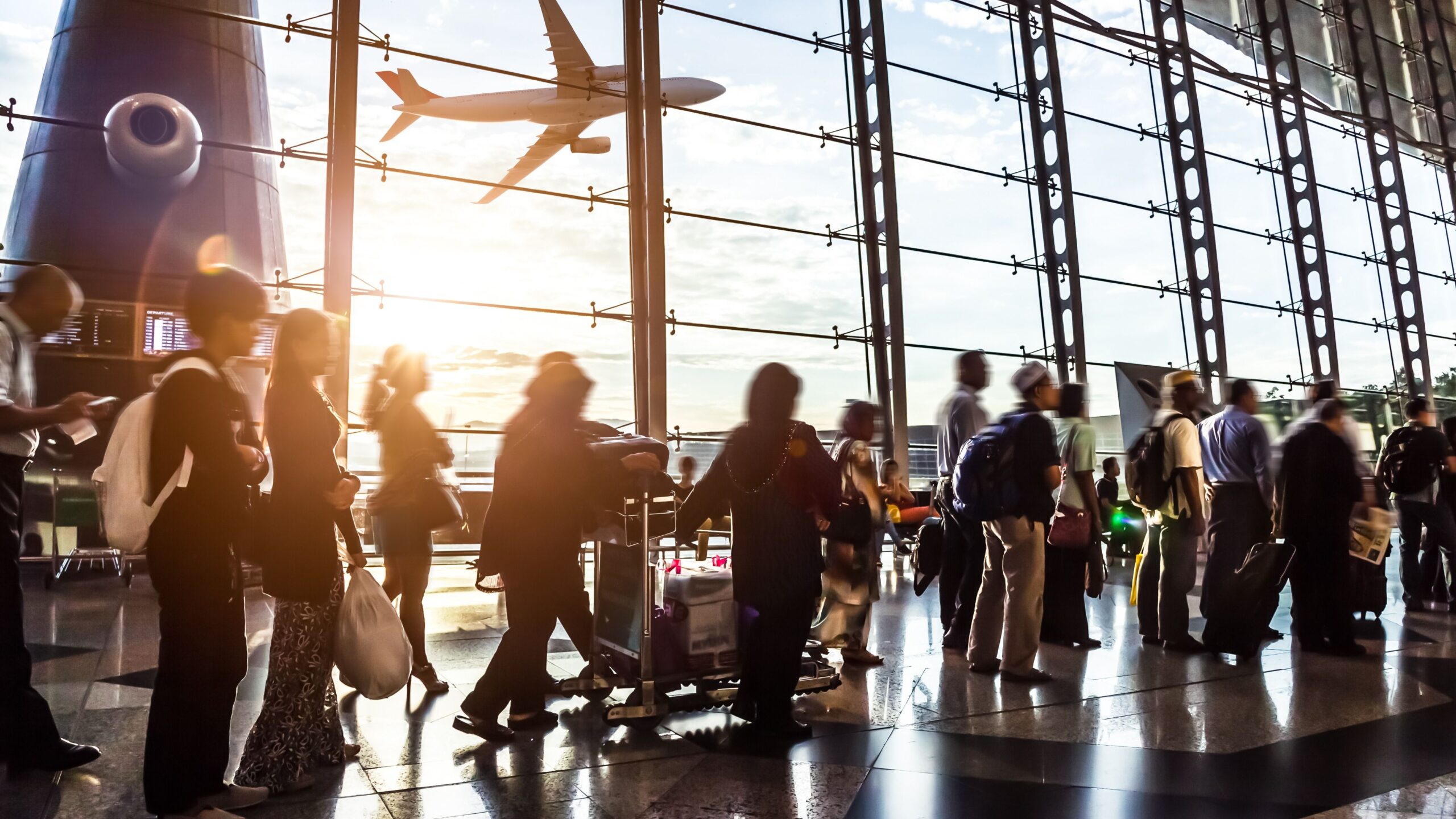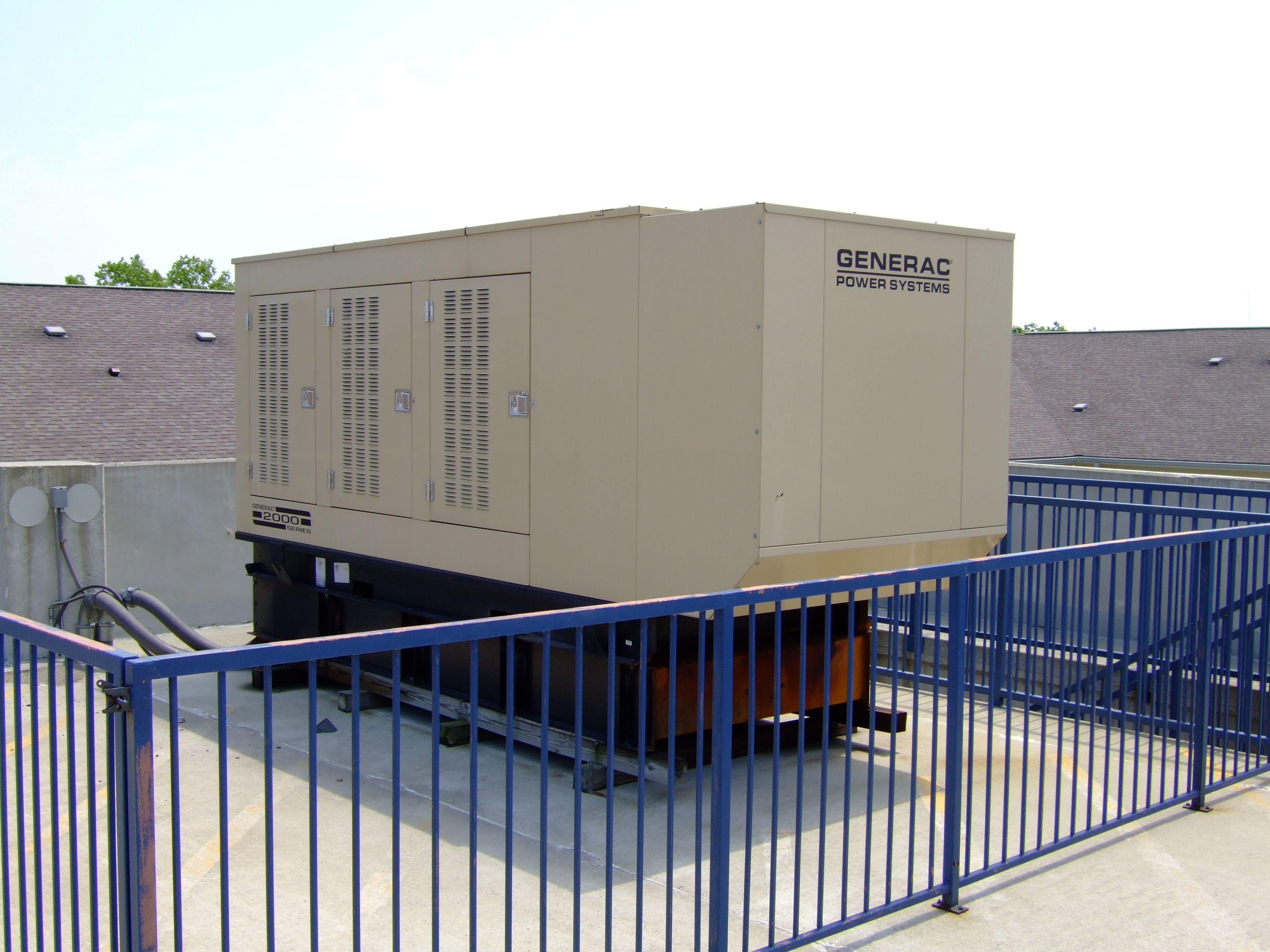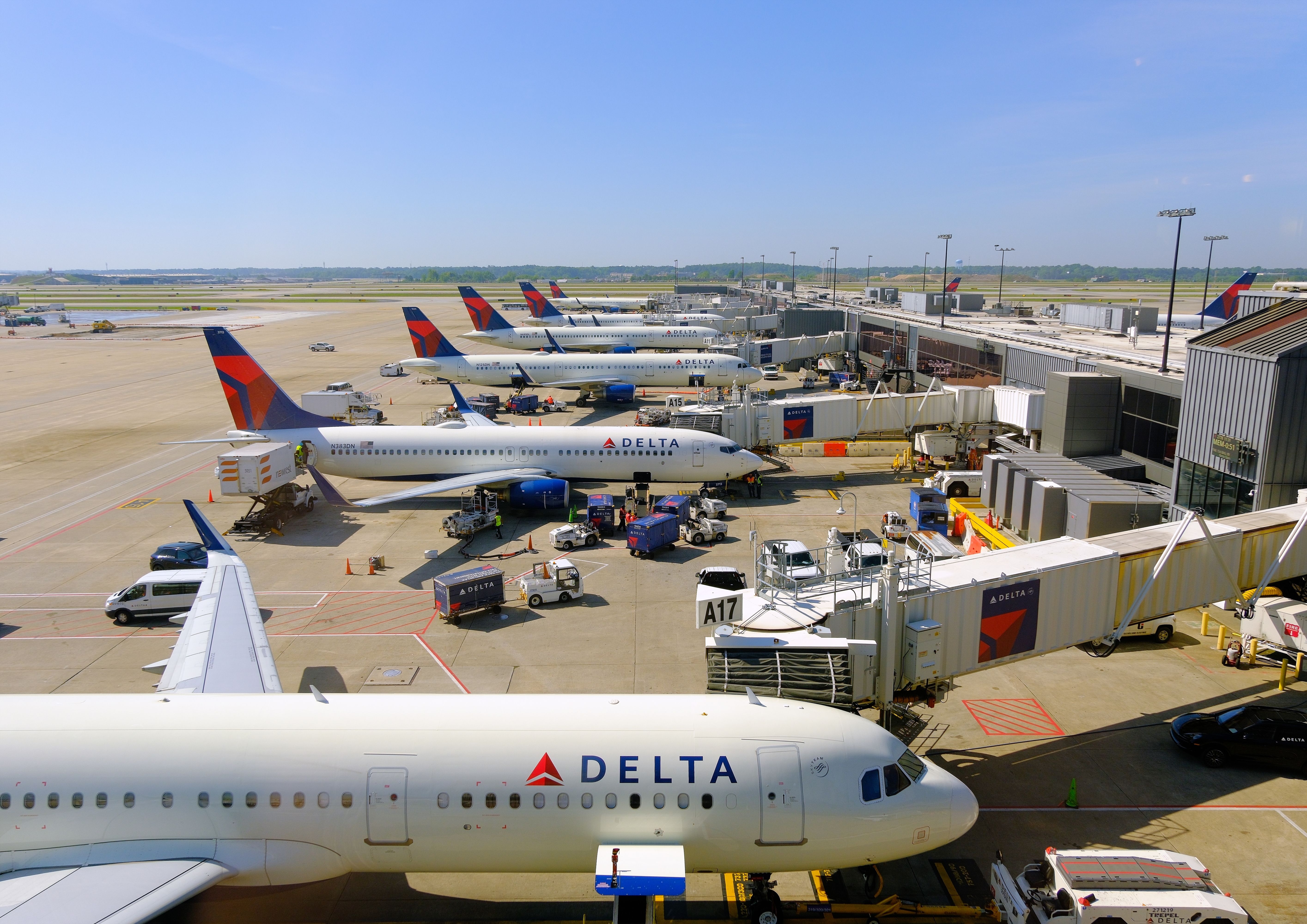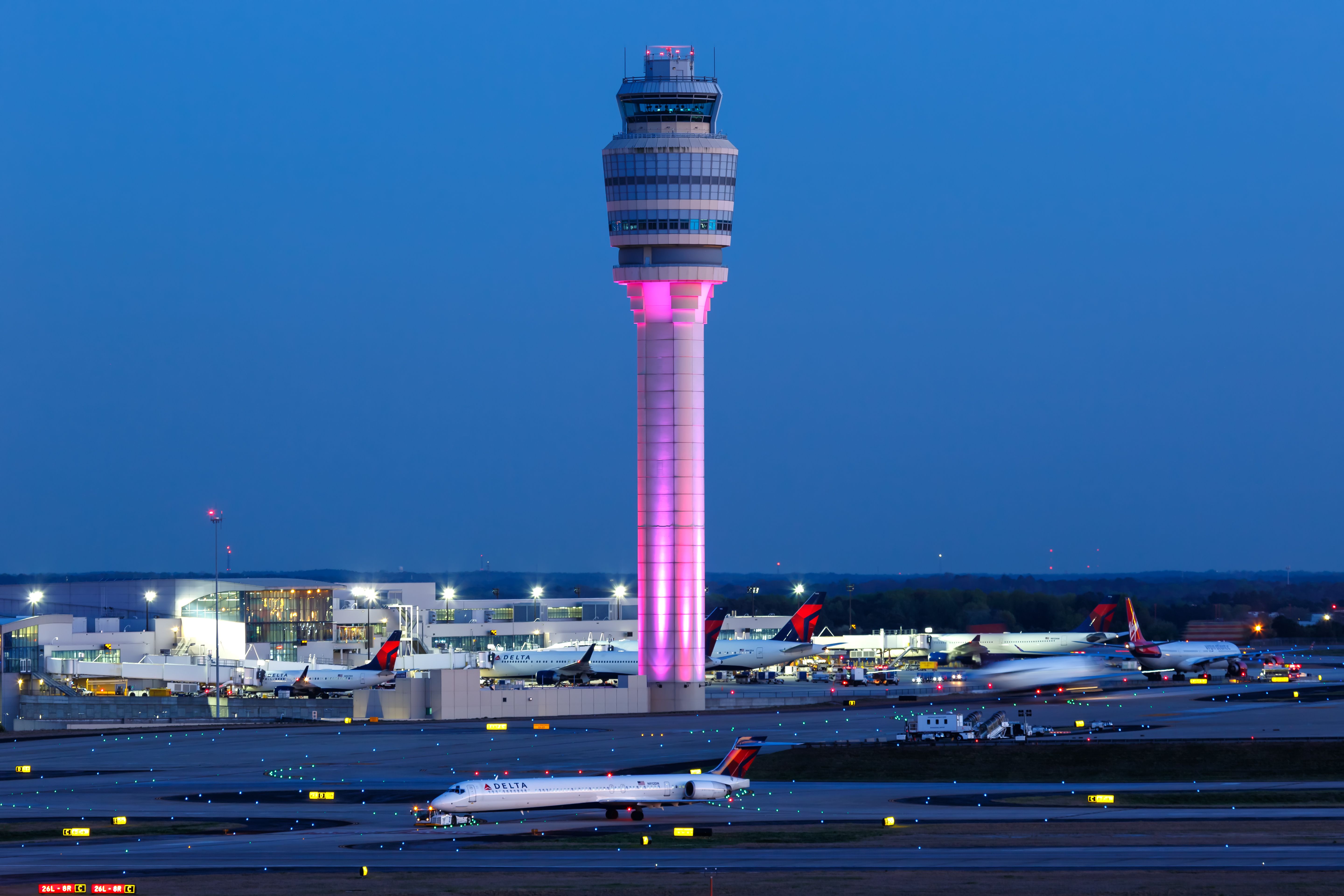A sudden loss of electrical power can seriously damage airport operations and bring them to a grinding stop. Considered one of the world’s largest and most essential industries, aviation provides tens of thousands of jobs and creates millions, if not billions, of revenue. When an airport loses electrical power, the following events may occur:
- Incoming aircraft are diverted to nearby airports.
- Passengers cannot check-in for their flights.
- Security screening metal detectors and X-ray machines may not function.
- Lights turn off, and air-conditioning and heating shut down.
- Moving walkways and elevators no longer work.
- Baggage carousels come to a halt.
Essentially, everything comes to a standstill, and the airport shuts down until the power is back up and running.
Most airports have backup generators
Fortunately, facilities such as airports, hospitals, and other businesses are designed to have a backup system if they lose their primary power source. By having such a generator, they can continue to operate until the main power supply is restored. Usually, temporary power at airports is supplied by diesel-powered generators. They can generally deliver ample electricity to the airport for as long as necessary, provided they have enough fuel to keep running.
According to statistics published by the Federal Aviation Authority (FAA), the number of passengers flying on American carriers will reach 1.2 billion annually by 2032. Considering the above numbers, it’s scary that, according to the United States Government Accountability Office (GAO), of the 30 major airports surveyed, 24 said they had experienced a power outage between 2015 and 2022.
Atlanta had a power outage in recent years that lasted for 11 hours
Frequent flyers may remember that in 2017, the nation’s busiest airport, Hartsfield–Jackson Atlanta International Airport (ATL), suffered a power outage for a whopping 11 hours. Despite being the nation’s most dynamic air transport hub, ATL had no backup generators to keep the lights on.
The result of the electrical outage was that 1,593 flights were canceled, and 735 suffered delays. A fire at the airport caused the power outage and showcases how design issues and the aging infrastructure at American airports can affect as many as 2.5 million passengers a day. As a result of the cancelations and delays, the estimated cost of the power outage was said to be around $50 million.
While authorities agree that, given the circumstances, Atlanta Airport handled the situation professionally, experts in the field say similar events could occur at other American airports because their infrastructure is outdated and needs modernization.
Photo: Darryl Brooks | Shutterstock
When talking about his concerns with NBC, Cornell University professor and head of the Program in Infrastructure Policy Rick Geddes said:
“The hub-and-spoke network has really been a wonderful thing for the mobility of Americans. The downside is we’ve had these services for decades, and many, including air traffic control and the physical infrastructure, are old.”
Three years after the electricity failure at ATL, the airport and the City of Atlanta struck a deal with Georgia Power to lease generators. Georgia Power says the cost and installation of the generators will cost $120 million but that the lease payments will cover the costs over time.
Photo: Markus Mainka | Shutterstock
While China and some countries in the Middle East are building new airports using all the latest technologies, the problem the United States has is that it only fixes its old airports with Band-Aids. As with ATL, adding backup electric generators rather than going the route of more modern airports that produce their own power. The truth is that America needs to invest in new technology and infrastructure but is reluctant to spend the money required.
American airports need to modernize
Regarding an airport’s electrical power supply, the FAA has offered grants to airports that want to improve their ability to withstand power outages. This can be done using backup generators and incorporating microgrid systems that independently generate, distribute, and store power.
One of the nation’s newest airports, Denver International Airport (DEN), which opened in 1995, relies on self-generated solar power to run day-to-day operations. Denver Airport has ten solar photovoltaic arrears that produce enough electricity to power 8,000 homes.







